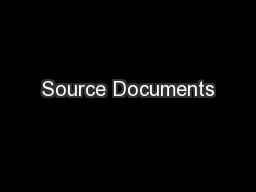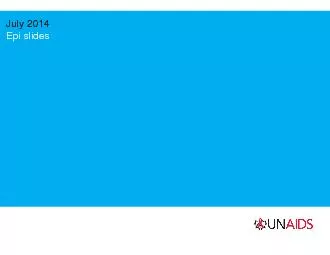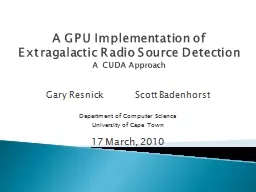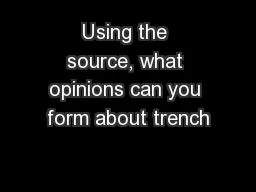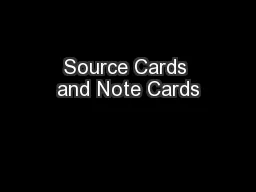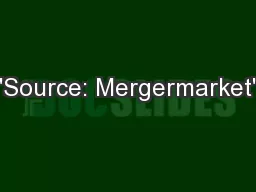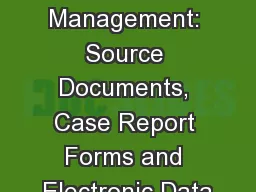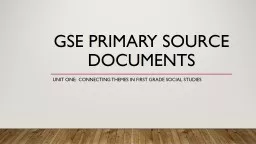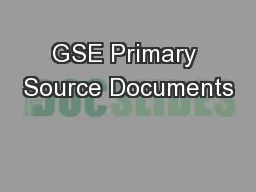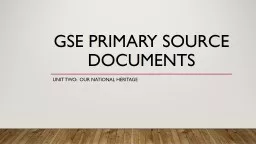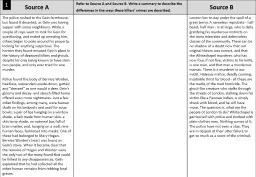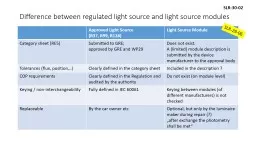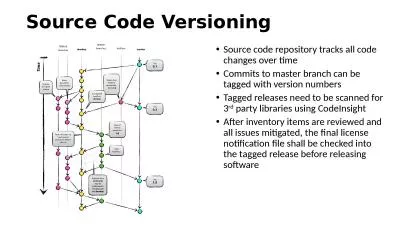PPT-Source Documents
Author : jane-oiler | Published Date : 2017-04-04
Unit 10 Recording Financial Transactions Mr Barry BTEC Business Year 12 STARTER ACTIVITY W rite down on postits all the items that a school might want to buy amp
Presentation Embed Code
Download Presentation
Download Presentation The PPT/PDF document "Source Documents" is the property of its rightful owner. Permission is granted to download and print the materials on this website for personal, non-commercial use only, and to display it on your personal computer provided you do not modify the materials and that you retain all copyright notices contained in the materials. By downloading content from our website, you accept the terms of this agreement.
Source Documents: Transcript
Download Rules Of Document
"Source Documents"The content belongs to its owner. You may download and print it for personal use, without modification, and keep all copyright notices. By downloading, you agree to these terms.
Related Documents

